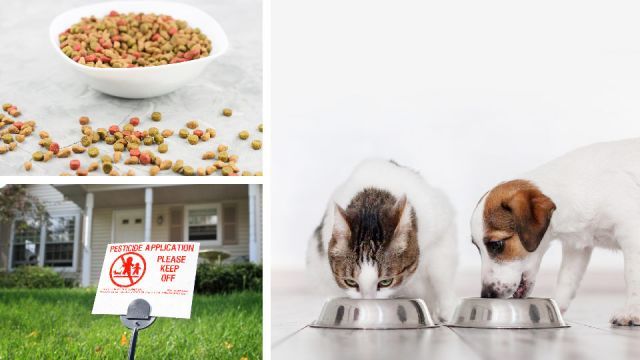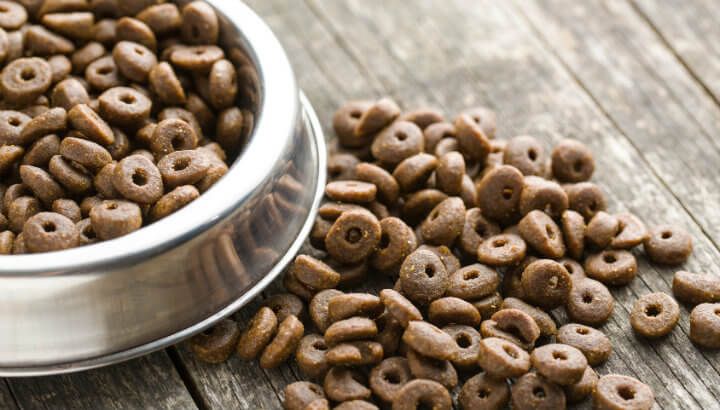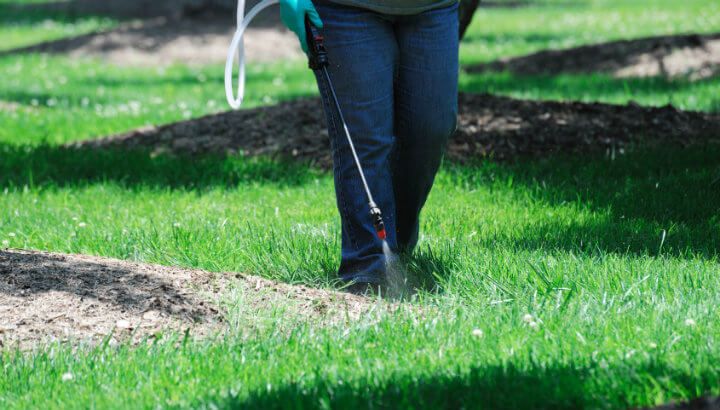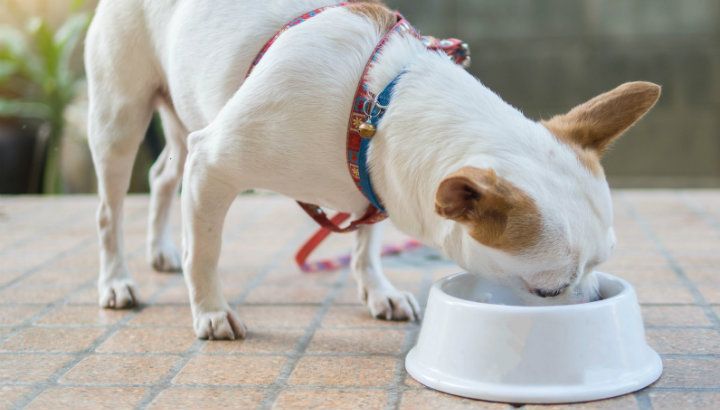
Few things are more heartbreaking than learning your pet is sick. Unfortunately, cancer rates in dogs and cats have risen significantly over the last several decades.
What’s behind this alarming trend? Veterinarians believe several factors are at work. Pets are living longer, which increases the chances of developing age-related tumors. But nutritionally-deficient diets that cause inflammation, exposure to toxic chemicals and lack of exercise all seem to be contributing to the cancer epidemic in pets.
Here are some disturbing stats:
- Almost 50 percent of dogs over the age of ten will develop cancer.
- Nearly one in three cats will develop cancer in their lifetime.
- Epidemiologists are predicting these rates will increase even more in the future.
Five factors causing cancer in pets
Veterinarians acknowledge they don’t know all the reasons that more and more pets are getting cancer, but here are some of the evidence-based factors that appear to be behind the trend.
1. Commercial pet food is not fit for consumption
Most commercially-manufactured pet food is heavily processed, chock-full of cheap fillers and loaded with artificial preservatives. The low quality of these products means that dogs and cats are not getting the nutrients they need to reduce oxidative stress, which is a biologic process that underlies malignant growths and chronic disease. No wonder so many pets are developing both degenerative disorders and tumors at an early age these days.

To add insult to injury, many compounds found in heavily-processed foods tend to stimulate the production of compounds called cytokines, which promote inflammation throughout the body. Inflammation is not only a biomarker for conditions like hypertension, arthritis and diabetes, but it’s also a major risk factor for cancer.
To make matters even worse, commercial pet food is laden with suspected carcinogens such as BHA, BHT and ethoxyquin, which are added to extend the shelf life of the product. Tragically, these ingredients may shorten the life of your pet. For some ideas on pet nutrition please click here.
2. Pesticides are bad for pets
According to scientists at Tufts University, “The use of professionally applied pesticides was associated with a significant 70 percent higher risk of CML (canine malignant lymphoma).”
Chemically treating your lawn or the use of sprayed pesticides for termite or rodent control in your home may be putting your pet at risk. If you must use these products, then you should educate yourself about ways to reduce your pet’s exposure.

Here are some tips from the National Pesticide Information Center for keeping your dogs and cats safe. You should also insist that your landscapers and exterminators use organic pesticides, which have been shown to be safer for pets. Products that contain a chemical called dichlorophenoxyacetic acid (also known as 2,4-D) should be avoided since it has been shown to cause bladder cancer in dogs.
3. Secondhand smoke
Smoking is bad for you, but it’s even worse for your pet. Studies show that carcinogenic particles in cigarette smoke can end up getting deposited on your dog or cats fur. Dogs are particularly susceptible to skin cancer and studies have found a link between secondhand smoke and oral cancer in cats. Researchers believe that cats can ingest tar and other tobacco-related carcinogens when they lick their fur.

For example, Dr. Elizabeth R. Bertone, an epidemiologist who has studied the effects of secondhand smoke explains, “We believe that feline exposure patterns to environmental tobacco smoke may mimic those of young children living in households where adults smoke and where the children inhale tobacco smoke or ingest particulate matter by mouthing contaminated objects.”
In case you need an additional reason to quit, a report Bertone and her colleagues compiled, entitled “Environmental Tobacco Smoke and Risk of Malignant Lymphoma in Pet Cats,” found that cigarette smoke has “devastating consequences” and can effectively double your pet’s risk for cancer.
4. Your pet’s bowl
The bowls and water dishes your cats and dogs use may be putting them at risk. Plastic products may contain Bisphenol A (BPA), which has been linked to hormonal problems and possibly even cancer.

Similarly, in 2012, a number of stainless steel bowls sold at Petco were recalled after it was discovered that they were contaminated by lead and radioactive material. Pet bowls made from ceramic, glass and stoneware may be the safest from the standpoint of avoiding carcinogens. But these products can get chipped, which can pose a danger to your pet, and need to be washed carefully.
By the way, keeping your dog and cat’s dinnerware clean may be one of the best things you can do to keep them healthy. That’s because Salmonella, viruses and bacteria can thrive in unwashed bowls. Viruses are a common cause of cancer in pets, so keeping their bowls hygienic is one of the best ways of preventing both cancer and other maladies.
5. Excessive sunbathing
You might think that lots of fur would help protect your pet’s skin, but dogs and cats are surprisingly vulnerable to skin cancers. NYC veterinarian, Jill Abraham, says, “Fur is a pretty good block for the sun, but it’s not foolproof, especially if you have cats with white hair, for example. We do see squamous cell carcinomas on the ear tips of cats, on their noses and even on eyelids.”

Abraham explains that dogs are vulnerable to UV damage too, particularly their ears, noses and bellies, which have less fur.
As most owners can imagine, it’s not easy keeping their pets out of the sun. But making sure they stay hydrated and have access to shade can reduce their chances of getting scorched by harmful UV rays. Abraham also recommends keeping an eye out for wounds, lesions, sores or growths that haven’t healed or disappeared within a week or two.
For further information on keeping pets cancer free, please click here.
Learn More: Free book reveals why coconut oil is ‘Mother Nature’s’ #1 healing superfood! =>
— Scott O’Reilly

